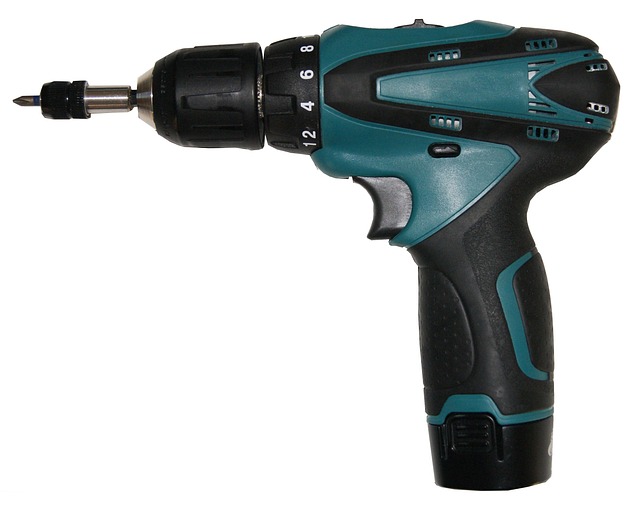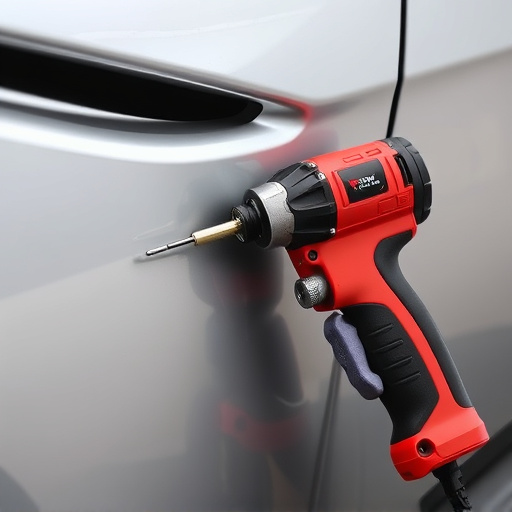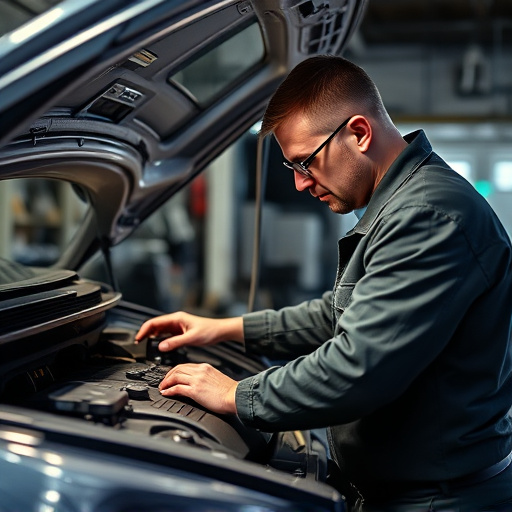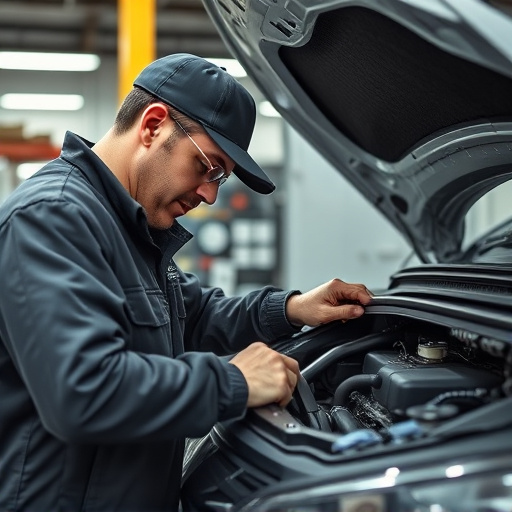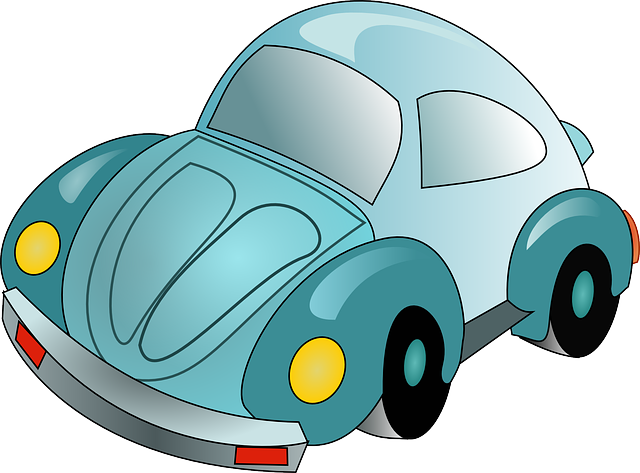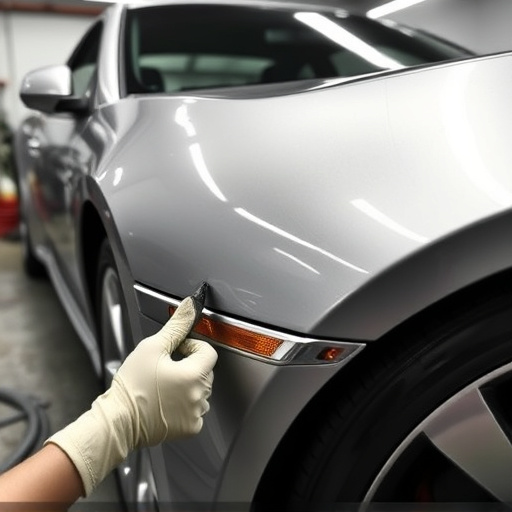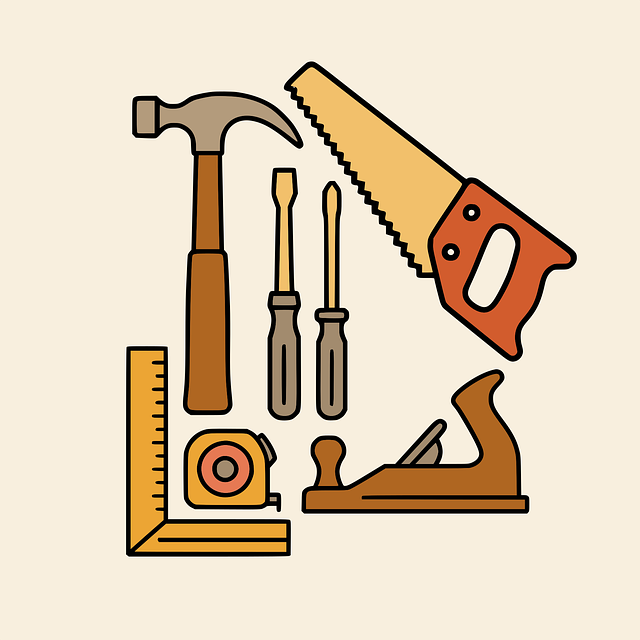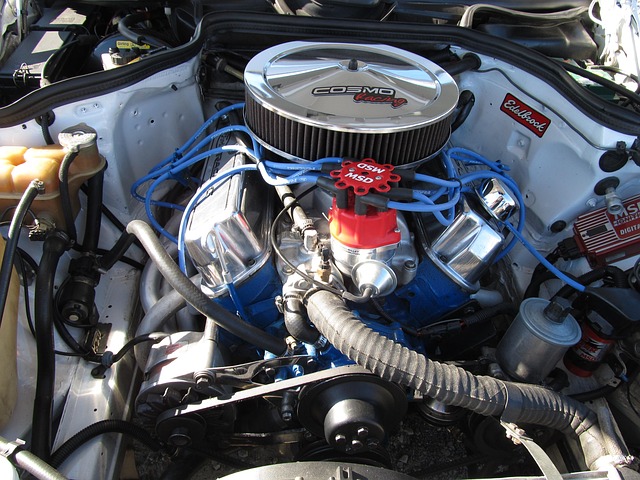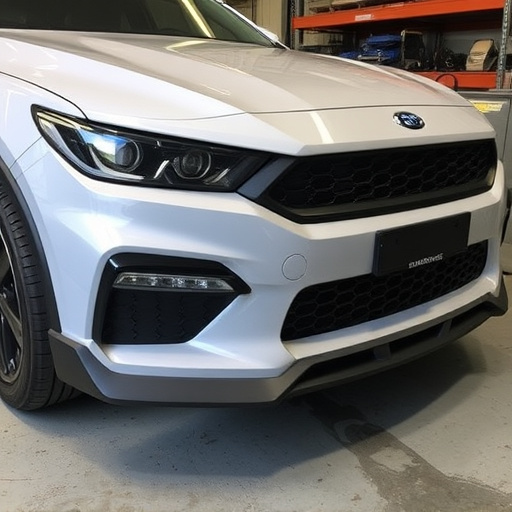After a car accident, axle repair after accident is paramount for safe driving. Axles, crucial links between wheels and engine, show damage through visual signs like bent axles or abnormal noises. Professional inspection with specialized tools is needed to detect subtle damage. Comprehensive assessments determine repairs from minor dents to complete axle replacement, ensuring optimal vehicle performance and passenger safety. Ignoring axle damage increases accident risk, so seek professional mechanics for post-accident repairs.
“After a car accident, one of the most overlooked yet critical components that can impact your vehicle’s safety and performance is the axle. This article uncovers common myths surrounding axle repair, offering a comprehensive guide for drivers. From assessing damage to understanding repair costs and knowing when professional help is essential, we demystify this vital aspect of post-accident car care. Learn how to navigate the process, ensure proper repairs, and keep your vehicle safe on the road.”
- Assessing Axle Damage After a Car Accident
- – Understanding common types of axle damage
- – Recognizing visible signs and symptoms
Assessing Axle Damage After a Car Accident

After a car accident, assessing axle damage is crucial for ensuring safe driving and effective axle repair after accident. As one of the vital components connecting your vehicle’s wheels to its engine, any damage can significantly impact handling and stability. Observing visual signs such as bent or deformed axles, along with abnormal noises or vibrations while driving, are initial indicators of potential issues. However, it’s important to note that some axle damage might not be immediately apparent, requiring professional inspection using specialized tools for accurate diagnosis.
Proper evaluation involves a comprehensive checkup, including visual and digital assessments, to determine the extent of the damage. In many cases, minor dents or cracks can be repaired, restoring the axle’s structural integrity without needing extensive auto maintenance. However, severe accidents may necessitate complete axle replacement, which is a specialized collision repair process that demands expertise and adherence to safety standards to ensure optimal vehicle performance and passenger safety.
– Understanding common types of axle damage

After a car accident, one of the most common concerns is axle repair after accident. The axle, responsible for connecting your vehicle’s wheels to its suspension system, can suffer significant damage in collisions. Understanding the various types of axle damage is crucial when considering axle repair after an accident. Common issues include bent axles, sheared or broken axle shafts, and damaged bearings. These problems often manifest as unusual noise during steering, vibration while driving, or a vehicle pulling to one side.
Different from car body restoration or even vehicle dent repair, which focuses on external aesthetics, axle repair after accident is an essential structural component for safety and performance. Proper diagnosis involves careful inspection and sometimes advanced diagnostic tools. Ignoring axle damage can lead to further complications, including increased risk of accidents and reduced control over the vehicle. Therefore, it’s crucial to have a professional assess the extent of the damage and recommend the best course of action for safe and reliable driving after an accident.
– Recognizing visible signs and symptoms

After a car accident, it’s crucial to recognize visible signs and symptoms that might indicate an issue with your vehicle’s axle. One of the most obvious indicators is visual damage such as bent or broken axles, visible cracks in the axle housing, or misaligned wheels. These can be easily spotted during a quick inspection, especially if you have some mechanical knowledge. However, sometimes, the damage might not be immediately apparent. Uneven tire wear, for instance, could point to an underlying issue with your vehicle’s alignment, which often stems from damaged axles.
If you’ve been involved in a collision, don’t attempt to diagnose or fix these issues yourself, especially when it comes to axle repair after accident. While some minor adjustments may be possible, complex repairs require specialized tools and knowledge. Auto frame repair and alignment are critical tasks that should only be entrusted to professional mechanics who understand the intricacies of modern vehicles. Remember, prompt collision repair services can help ensure your safety on the road and prevent further damage to your vehicle.
After a car accident, understanding the extent of axle damage is crucial for safe and effective repairs. By familiarizing yourself with common types of axle damage and their visible signs, you can ensure that your vehicle receives the appropriate axle repair after an accident. Remember that prompt assessment and professional attention are vital to restore your car’s safety and performance. When it comes to axle repair after an accident, don’t take chances—seek expert advice to navigate this essential aspect of automotive maintenance.
